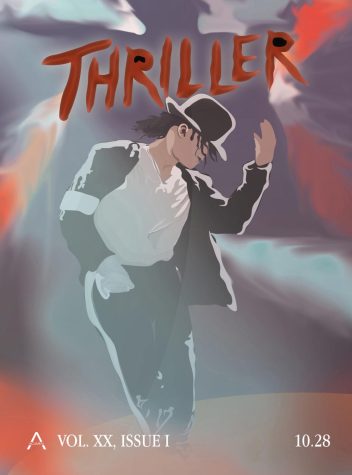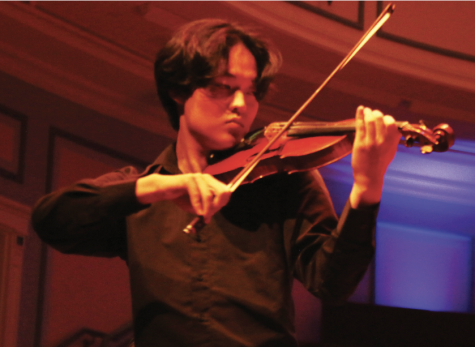Idolization
Fan or stan?
 Some celebrities become famous because of art, singing or dancing. But others make art because they are celebrities.
Some celebrities become famous because of art, singing or dancing. But others make art because they are celebrities.
Celebrity art often gets more attention even if it has lower “quality” than pieces by lesser known artists. I’ve personally seen this a lot with Non-Fungible Tokens, or NFTs, which are digital art pieces that people can sell and trade for cryptocurrency.
When I ventured into the NFT business with a couple of friends, I noticed how NFTs by famous people like Melania Trump and Logan Paul captured the attention of millions of people and made millions of dollars. At the same time, art that seemed like it had just as much merit was valued at just 0.001 Ethereum (about a dollar).
I get that this field is hard to succeed in, especially because just one artistic choice like a poor song lyric or a painting technique can obliterate someone’s reputation. But it’s impossible to deny that celebrities have it easy for their future work. Most are much more well-equipped to make art because they’re already famous. Unfortunately, too many celebrities have taken advantage of this, intentionally or unintentionally. Think of the Moonwalk. While singer/dancer Jeffrey Daniel taught it to Michael Jackson in the ‘80s, nearly everyone now thinks of Jackson as the first one to do it.
While Jackson did end up renaming it “The Moonwalk,” some artists just take techniques, moves or content from lesser-known creators and take all the credit for them (one example is Paris Hilton in the 2000s, according to some lawsuits). One of the biggest examples I’ve seen in recent times is with influencers, especially TikTokers. For example, Kane Trujillo (@neumane on TikTok), a comedy content creator with almost 3 million followers, has been accused of copying comedians with fewer followers to the dot. And yes, in the world of split-second cancel culture, Trujillo might be quick to own up to his mistakes, but it’s hard for history to forget misattributions. Just look at the Moonwalk.
Art depends on much more than just its content; the artist and observers matter too. We can be just as attached to an artist as their work. Can you think of “Shake it Off” without Taylor Swift’s voice jamming in your head? I definitely can’t. Even if we find a new artwork, one of the first questions we ask is who created it, often because we want to see more work by that artist. And the more a drawing, song or dance is seen or heard, the more powerful it becomes to our culture. In that way, people become one with their art, and we observers never really separate the connection. The Moonwalk becomes Michael Jackson, and Michael Jackson becomes the Moonwalk.
It’s critical that we try not to do this. The more you can think separately about the artist as well as their work, the better you can consider and analyze the two in their own right. The art deserves its own story, just like the artist.
I’ll be the first to admit that this is not an easy task. It’s really hard to separate some people from their work, like da Vinci and the Mona Lisa, or Rick Astley and “Never Gonna Give You Up.” But if you succeed, you can appreciate art much better overall. And over time, maybe it’ll be more mainstream to not just look at famous artists, but also famous art forms and techniques.
More importantly, when you recognize the merits of someone’s art and their past work separately, you get to better assess new art, too. So many artists with less viewership or following produce incredible content but get passed over simply because they don’t have a reputation yet or don’t have enough experience.
Next time you see an artist do something interesting, think about what they’re doing, where it came from and why they’re doing it. That way, when you see someone famous selling scribbles for a million bucks, you’ll know better.





